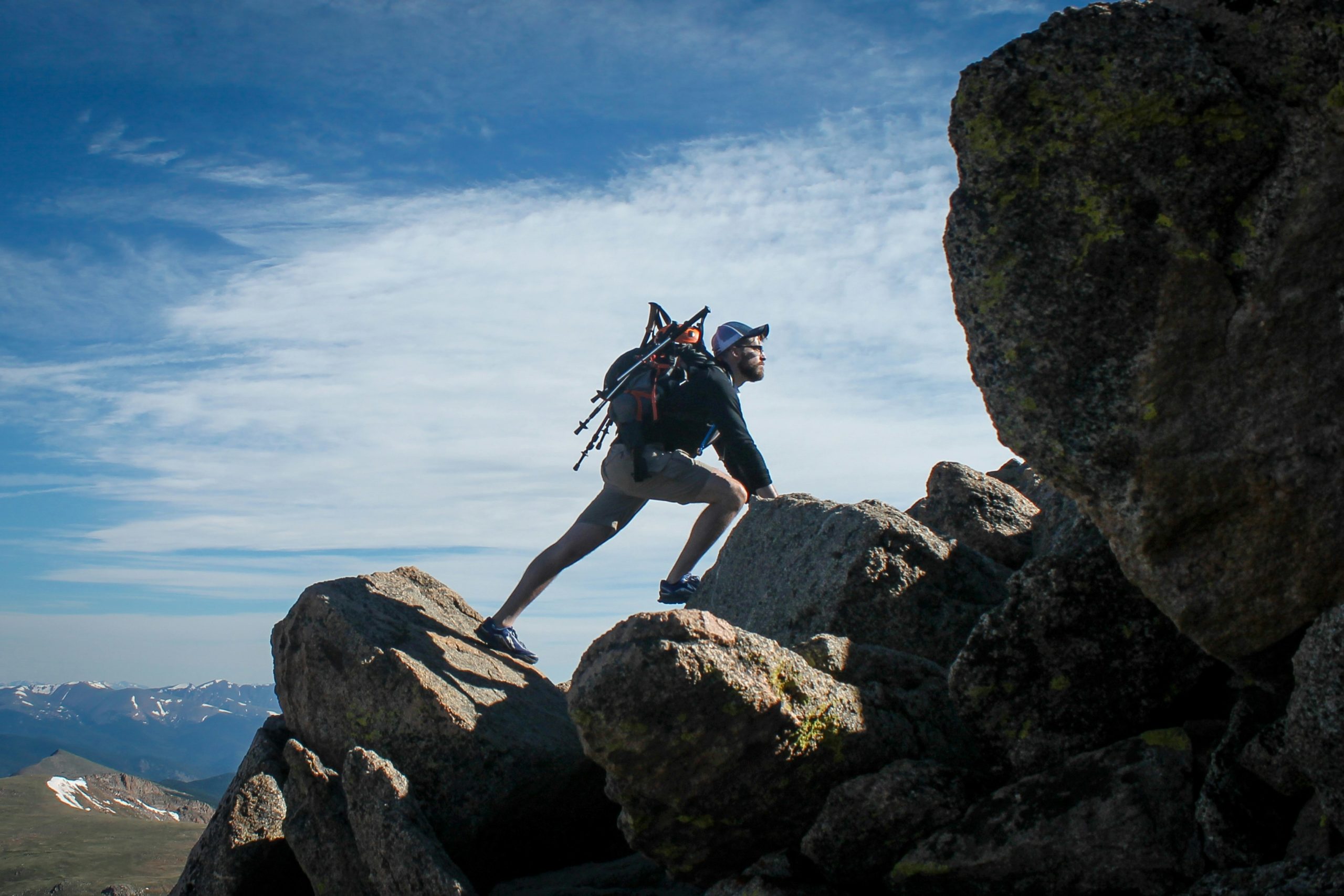Hiking continues to grow in popularity across the United States, with more Americans embracing the outdoors and seeking adventure in nature. According to data from 2023, over 61 million Americans participated in this activity at least once last year.
Whether going through the rugged trails of the Rocky Mountains or exploring one of the scenic paths in Europe, preparation is key to ensuring a safe and enjoyable experience.
- Choosing the right trail for your fitness level
Trails can vary greatly in difficulty, distance, and elevation, so it’s important to research beforehand. Resources like AllTrails can provide valuable information to help you pick.
Beginners might prefer shorter, well-marked paths with moderate elevation gain, while experienced adventurers may seek more challenging terrain. Booking a hiking trip that matches your abilities is vital for your safety, so choose wisely.
If you want to push yourself to the limit, learn how to get in shape for a challenging route and feel more confident when you set off.
- Buying the essential gear
The right equipment can make or break your escape, and there are a few essentials that you should have. First, invest in sturdy, comfortable footwear designed for rugged terrain. Layering is also important, so purchase clothing that keeps you at a comfortable temperature throughout your trip.
Beyond clothing, consider buying the Ten Essentials. This includes a first-aid kit, multi-tool, and headlamp.
- Packing for different weather conditions
Weather can be unpredictable, especially in mountainous areas or during changing seasons. Always check the forecast before setting off but be prepared for sudden changes.
Waterproof gear and sun protection are vital. For example, even if a sunny day is forecasted, a sudden cold front could bring rain, and a lightweight jacket can protect you from the elements.
- Staying safe
Navigation tools such as a map, compass, or GPS are essential, and you should always let someone know your plan. Inform friends or family members of your route and estimated return time.
Understanding wildlife safety, such as how to avoid bears or snakes in certain regions is key. You should also research what to do if you encounter one to reduce your chances of an injury, or worse.
In case of emergencies, having a plan can save lives. Carry a personal locator beacon (PLB) if you’re venturing into remote areas, as it can alert rescue teams to your location.
- Nutrition and hydration: Fueling your body for the journey
Bring lightweight snacks such as protein bars and dried fruit for quick energy boosts. Longer hikes might require more substance, so pack nutritious meals that are easy to carry.
Hydration is equally important. Bring enough water for the entire trek or a water purification system to refill using natural sources.






